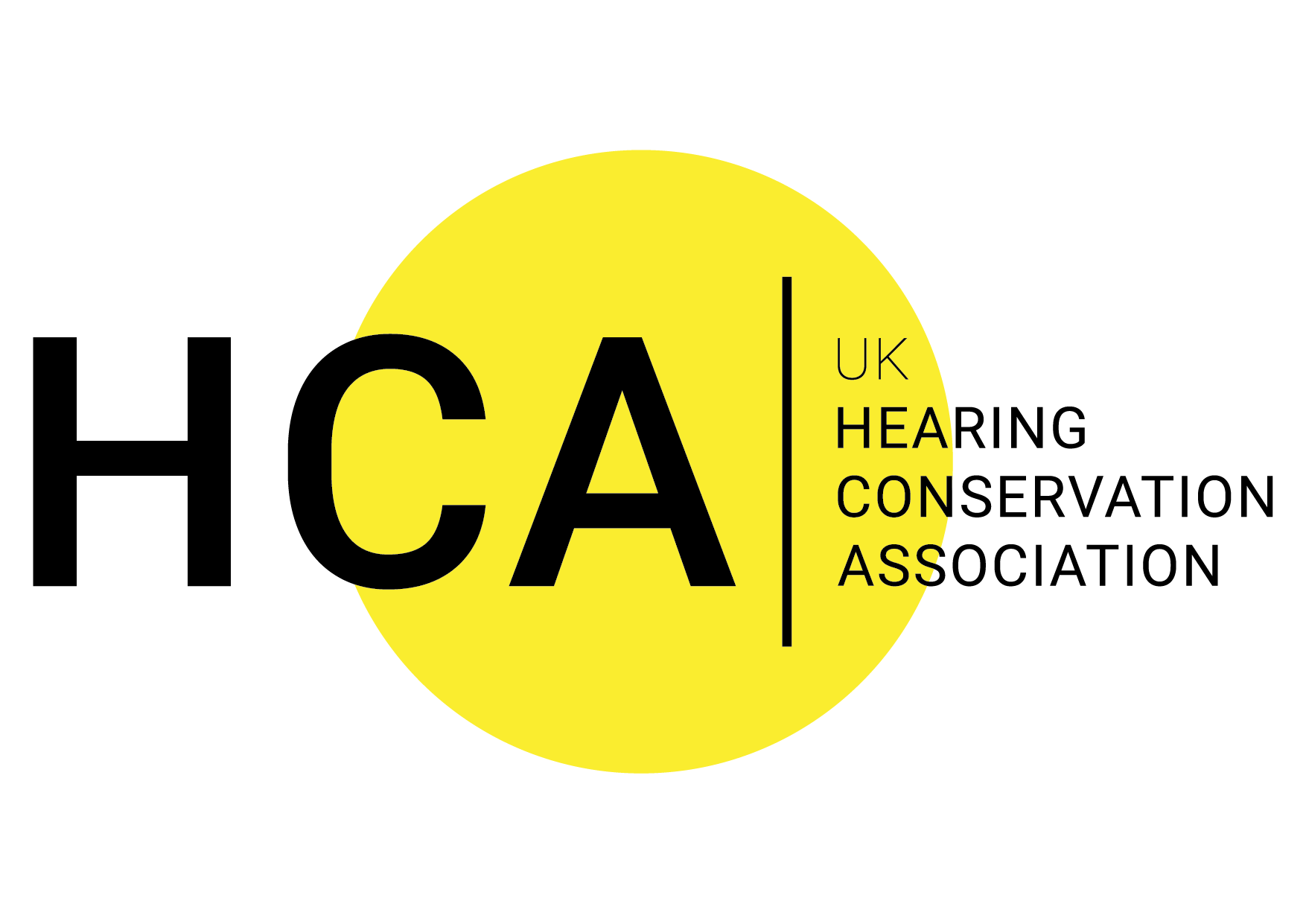Hearing Protection Devices (HPDs) are a common (too common for my liking!) solution to noise exposure in the workplace. They are relied upon to reduce exposures to noise levels which can cause irreversible hearing health harm.
PPE Regulations Amendment
The amended Personal Protective Equipment (EC Directive) Regulations 1992 which came into force on 21 April 2018 now identifies workplace noise as a significant health risk. Hearing protection was previously defined as category II, along with high-visibility clothing, safety eyewear and head protection. In the most recent revision to the regulations HPDs are now in category III, alongside PPE that protect against the most serious of risks such as falls from height, chainsaw cuts and contact with substances hazardous to health including respiratory protective equipment (RPE).
Those of us involved in promoting a higher profile for hearing conservation and calling for better standards of intervention of course welcomed this escalation and increased level of recognition for the seriousness of the health impact from noise. However, you may have all missed the fanfare and rushed to address noise control with a most pressing urgency – or maybe not much has actually changed!!
Has anything changed?…
- We are still relying on HPDs as the primary and often only control measure against harmful noise
- The seriousness of noise has been recognised as equivalent to losing a limb, being permanently injured from a fall or contracting lung cancer
So how can we improve protection provided by these devices AND highlight the seriousness of the health dangers?
One suggestion gaining traction and attention in the world of health and safety is to look for parity in workplace management of HPDs alongside other PPE for equivalent health hazards – let’s say RPE!
The HSE guidance on selection and use of RPE at work (HSG 53) highlights the importance of selection of RPE that is both adequate and suitable for the hazard, environment and specifically the USER.
The guidance provides detailed advice on these matters and also requirements for fit testing of every type of tight-fitting RPE that will be worn by each individual. The rationale for requiring fit testing for RPE includes the following facts;
- Faces can vary widely in shape, size and proportion, so selecting the correct model is vital to demonstrate a suitable and safe fit.
- Protection relies on achieving a good seal between the facepiece and the wearer’s face.
- Fit testing must happen during the initial selection of PPE, before the mask is worn in a hazardous environment.
Let’s relate this to ears and HPDs
- Ear canals can vary widely in shape, size and proportion, so selecting the correct model is vital to demonstrate a suitable and safe fit.
- Protection relies on achieving a good seal between the HPD and the individual’s ear canal.
- Fit testing must happen during the initial selection of PPE, before the HPD is worn in a hazardous environment.
Well, you can’t argue with that can you??
What would be the benefits of HPD Testing?
We know from HSE research that the commonly used compressible foam earplugs are generally poorly fitted and that an incorrectly compressed earplug may give virtually no attenuation. (HSE Research Report 720)
What specific benefits could HPD fit testing bring to hearing conservation programmes;
- An improved and informed way to educate employees on the importance of how to properly insert their ear plugs;
- A way to confirm the effectiveness of the HPD fit training provided;
- The ability to give immediate feedback on fit in order to allow for immediate corrective actions;
- A way to show the employee if more practice is needed to get a proper fit;
- Give the user guidance on how to achieve repeatability of a good fit thereafter;
- Identify if the present HPD is suitable for the user in terms of being able to achieve a good fit and subsequently if alterative types are needed;
- Show if two different types of HPDs are needed for one user, in the case of differently sized ear canals.
- And maybe most importantly raise the profile of the risk and the importance of the protection – not just paying lip service to it!
From a hearing conservation perspective putting guidance to the Control of Noise at Work Regulations, alongside EN Standards being available for HPD fit testing devices, we would hope will improve the selection, use and subsequently protection provided by HPDs in practice. I would also like to think that having such guidance and standards will highlight not only the need for good fit for these devices but elevate the understanding and acceptance of noise as a serious health risk and place increased focus on the hierarchy of control for improved management of noise exposure for our workers.
International Standards
When the PPE (Enforcement) Regulation 2016/425 moved HPDs from Category II to III, this would have been a good time to make fit testing mandatory. Have we missed the boat? Well, there may be some light at the end of the tunnel already regarding agreed standards for HPD fit testing, if it were to be mandated. International standards are beginning to recognise the need for an agreed approach to ensuring quality and consistency in HPD fit testing and the standard is already required to be met for all custom-made HPDs. Amendments to Annex II of the PPE Directive are also looking likely to include requirements for fit testing assurance in the future.
So, is it just a matter of time before the guidance to the Control of Noise at Work Regulations catch up? Let’s say HPD fit testing does become mandated UK-wide. We know the need for and the benefits of this. But what about the ‘how’? What would be the implications of this? We will need to consider:
- How suitable, cost effective and reliable Fit Testing kit and methodologies can be made available and accessible to all employers
- Would training or accreditation schemes be needed to ensure that HPD fit testing will be carried out by a competent person? Or would the fit-test system be robust enough to be delivered by any person familiar with the user manual?
- How often should this testing be repeated? Perhaps daily HPD fit checks (hum test, loudness test, tug test) with annual fit testing?
- The employer may need access to a variety of HPDs to be able to physically trial different types/sizes for each wearer whilst performing the fit testing. Can HPD suppliers send ‘samples’ of their HPD in smaller batches to allow for this?
- When should this fit testing be delivered? Perhaps the fit testing can take place in conjunction with the regular health surveillance (audiometry screening)?
- Are there other challenges to consider? – we know weight loss can affect ear canal size, what about hairy ears?! Or occluded ear canals i.e ‘wax your ears’? How can these likely scenarios be managed?
Much to think about and much to do in regard to this topic.
The UKHCA are currently working with our members to outline our position on this important matter. We will also be working internationally with our partners to agree and promote best practice in this area.
If you would like to know more you can contact us at; enquiries@hearingconservation.org.uk


Recent Comments